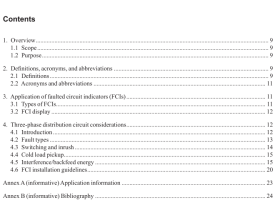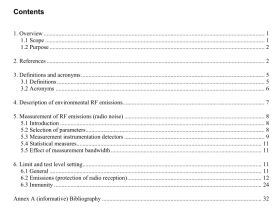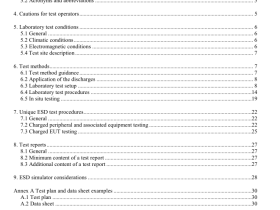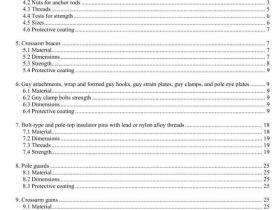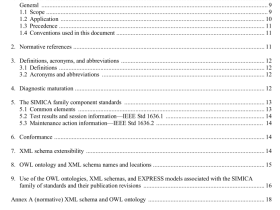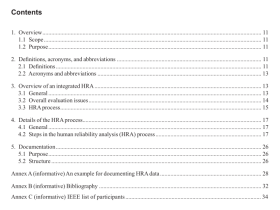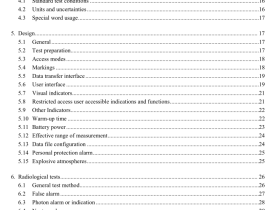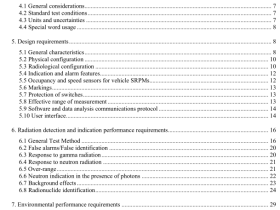IEEE Std 360 pdf download
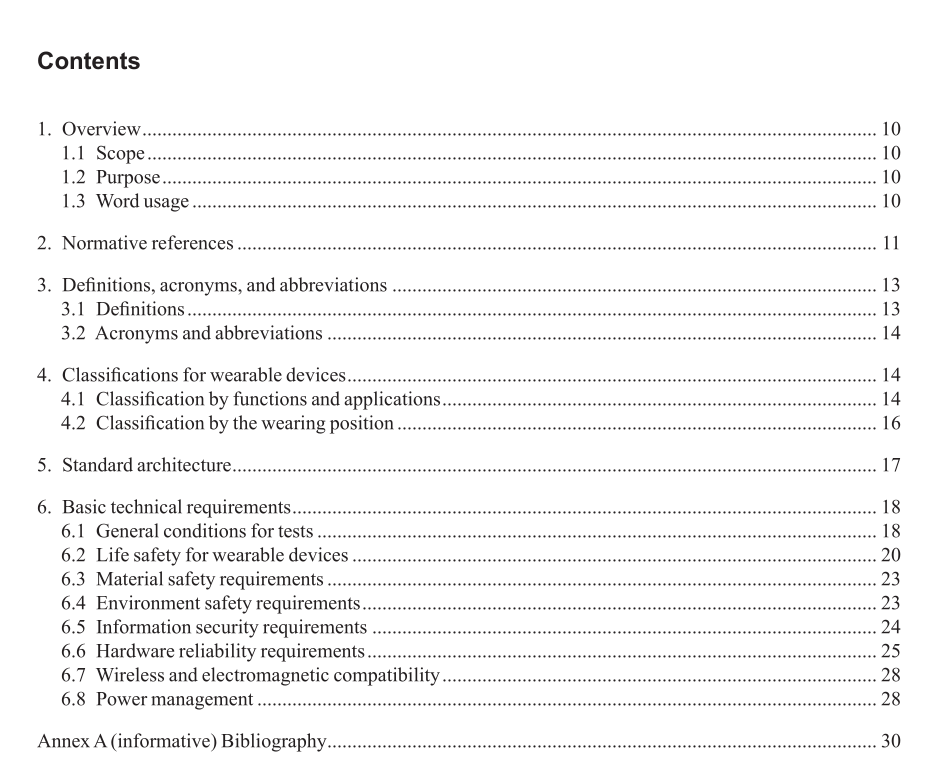
IEEE Std 360 pdf download IEEE Standard for Wearable Consumer Electronic Devices— Overview and Architecture
This kind of device monitors physiological and biochemical indicators of the human body throughvarious sensors. Commonly used sensors include accelerometers, gyroscopes,optical heart rate sensors(photoplethysmograph, or PPG), ECG sensors,GSR sensors, and bioelectrical impedance sensors.
These types of devices can be used for common exercises and daily activity tracking.They can also be used forparticular professional sports training. Products include, for example, sports bracelets, sports watches, smartswimming goggles, smart mountaineering suits, and smart ski boots.
4.1.2 Environment sensing
This is a wearable device type whose function is collecting surrounding environmental information.
These devices collect data through various types of environmental sensors. Commonly used sensors includeair pressure sensors,gas sensors,termperature and humidity sensors,light sensors, acoustic sensors, anddistance sensors.
Such devices can be used in environmental monitoring, weather forecasting, health warnings, and other fields.Products include, for example, an ultraviolet (UV) monitoring smart hairpin, pH value detection smart gloves,and Particulate Matter 2.5 monitoring masks.
4.1.3 Medical
This is a wearable device type that performs specific medical functions, such as monitoring one or multiplephysiological signs via different medical sensors. The commonly used sensors include: ECG, blood pressure,heart rate, respiratory, and skin humidity sensors.
Such devices are intended for medical purposes,e.g., screening/warning of disease conditions, chronic diseasemonitoring, and emergency rescuing.These products can include wearable pulse oximeters, wearable bloodpressure monitors, wearable blood glucose monitors,wearable ECG monitors, hearing aids,wearable painrelief devices, and wearable sleep apnea detectors.
4.1.4 Health/lifestyle
This is wearable device type that monitors body indicators,tracks daily activities, and suggests the generalhealth status (e.g., diet, exercise, weight/body-fat change,stress/emotions) of a person’s daily life and canadvise the user to adjust his/her lifestyle to achieve healthy goals.
These devices are mainly used for the purpose of managing and improving general health or lifestyle. Productscan include,for example, a sleep monitoring smart watch, a stress monitoring wrist band,and lifestylemonitors for the elderly.
4.1.5 Tracking/positioning
This is a wearable device type that can retrieve its own geographical location data and upload data to the server.These devices are normally equipped with positioning modules and wireless communication modules. Thepositioning data obtained by the positioning module is uploaded to the server via the wireless communicationnetwork so that the geographical location of these wearable devices can be retrieved by computing devices orsystems via the network.
These devices can be used in the care of vulnerable people, such as children and the elderly, and even fortracking pets. Products can include: a global positioning system(GPS) tracking watch for children and GPStracking shoes.
4.1.6 Infotainment
This is a wearable device type that is used to provide information or social entertainment functions. Suchdevices may integrate one or more capabilities, such as voice recognition,face recognition, multiscreeninteraction, gaming, internet access, and remote control of smart homes or vehicles.
This kind of device is usually used in social, entertainment,information acquisition, and other scenarios.Examples of products include: wearable webcast equipment, a social bracelet/watch, a head-mounted controldevice using brainwave, and a smart watch for car control.
4.1.7 Mobile payment
This is a wearable device with mobile payment functions.Such devices have built-in mobile payment modules,e.g., near-field communication (NFC) or barcode scanning, which facilitates mobile payment functionality.
These devices can be used for public transport,ticket centers, shopping centers, convenience stores, andother payment systems. Products can be, for example, smart watches or wristbands with NFC-based paymentfunctionality and smart glasses with barcode scanning-based payment functionality.
4.1.8 Industrial
This is a wearable device type intended for industrial applications, which may help with improving workplacesafety and productivity. It is usually made with special materials and superior craftsmanship to endureindustrial environments and to meet particular performance and stability requirements.
Wearable products for industrial applications can be,for example, a wearable exoskeleton suit, an arm-mounted computer, and eye tracking glasses for fatigue management.
4.2 Classification by the wearing position
Wearable devices can be categorized based on different body positions for wearing,e.g., hand wearing, bodywearing, head wearing, and foot wearing.
4.2.1 Hand wearing
The wearable device is worn at the hands, fingers, or wrists of a person,for example, smart bracelet, smartwatch, smart wrist band, smart gloves, and smart ring.
